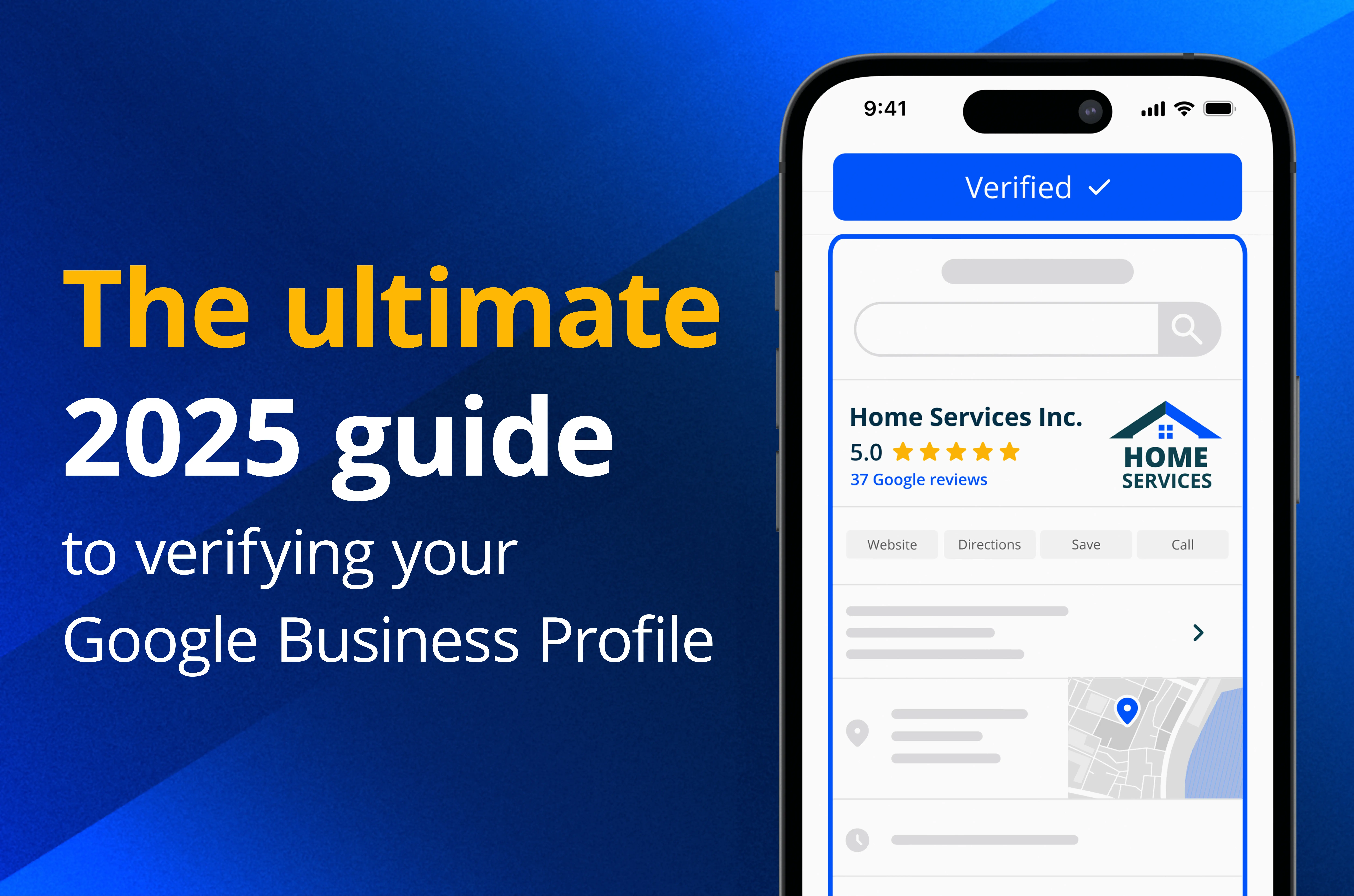
As a business, it is critical to be paid on time. After all, bills need to be paid in order to keep the business running and customer payments are the lifeblood of any company. But what if a client doesn’t pay? It can create an awkward situation and difficult problems to solve. Thankfully, there are tips and solutions that can help to ensure a smoother billing process.
If you have wondered what to do if a client doesn’t pay, there are some helpful tools and solutions. Read on to find out what to do if a company doesn’t pay you, what resolutions can be deployed, and how to handle these situations when they arise.
How to Collect Money From Clients Who Won’t Pay
- Stay Calm, But Act Fast
- Step 1: Give the Customer the Benefit of the Doubt (But Not Forever)
- Step 2: Send an Official Payment Request (Not Just a Reminder)
- Step 3: Offer a Payment Plan (If It’s Worth It)
- Step 4: Stop Work & Withhold Deliverables (If Applicable)
- Step 5: Know Your Legal Rights & Leverage the Law
- Step 6: Get a Collections Agency Involved (Last Resort Before Court)
- Step 7: When to Take Legal Action Against a Non-Paying Client
- How HCP Helps to Stop Late Payments Before They Happen
- You Deserve to Get Paid!
Stay Calm, But Act Fast
Time is of the essence when it comes to getting invoices paid. The longer things drag on, the harder it can be to collect on a bill. Issuing an invoice and following up on it promptly is often enough to garner payment, but there are always going to be some stragglers along the way.
It is critical to handle delinquent payments in a professional manner. Being too emotional or aggressive will oftentimes backfire, creating unnecessary tension between customer and business. Provide clear, professional communication from the start and things will more often than not work out. Even if they don’t, that clear line of communication will come in handy later on down the line.
Step 1: Give the Customer the Benefit of the Doubt (But Not Forever)
Don’t get up in arms about a late invoice right off the hop. In fact, more often than not, a late invoice payment is simply due to a forgotten or lost invoice. It isn’t anything nefarious and they aren’t necessarily “ducking out” on paying their bill – sometimes they just need a reminder.
There are a number of ways to go about this. Automatic reminders are helpful for just this situation. It can also be beneficial to have a template for providing a firm payment reminder via email. Finally, there are times when it may be most beneficial to call the client directly. Remember to be professional but direct when making those calls.
Step 2: Send an Official Payment Request (Not Just a Reminder)
After you’ve sent a reminder (or three), it’s time to take the next step. Sometimes, a reminder just isn’t enough. Sending a formal payment request essentially escalates the situation to the next actionable level. That might just be another step, or it could be a “final demand for payment” situation.
Make sure to craft a professional template that dictates clearly what is owed, the due date for that payment, and what steps will follow if the necessary payment is not made. Late fees here may be work charging, but it isn’t something that should necessarily be done in every situation with a late payment.
Step 3: Offer a Payment Plan (If It’s Worth It)
Some clients may not be avoiding you because they won’t pay. Sometimes, it comes down to not being able to pay for all services at once. There are times when it may be more ideal to create payment plans for that client. While it may be generous to do for some clients, it is not something that should be done for all.
Make sure to structure the payment plan in a way that protects the business. With a simple template, you can set up delinquent clients on a payment plan and begin recouping some of the money owed for the completion of those projects and services.
Step 4: Stop Work & Withhold Deliverables (If Applicable)
By step four in the process, it is time to start playing a little hardball where applicable. If a client refuses to pay for ongoing services, it may be time to withhold deliverables and stop all work. Of course, this isn’t necessarily possible for one-off projects that have been completed.
Consider any ethical and legal actions, whether that be withholding keys, materials, final reports, etc. At this stage, it should also be made known that any future projects with the client will be canceled depending on their response and the level of hassle involved.
Step 5: Know Your Legal Rights & Leverage the Law
It is never ideal to get to this point, but it does happen from time to time. Depending on the amount owed, it may be time to know how the law can work on your side. It is crucial to get all legal options in plain English to simplify any future steps toward resolution.
Depending on the situation, a mechanic’s lien or small claims lawsuit may be necessary. If you feel like this is an appropriate step, consult an attorney who has contract or business law experience. They will review your case, advise you on potential costs, and can even help craft a letter regarding a potential lien. Make sure to take all necessary steps to cover your bases and give you the best legal foothold possible.
Step 6: Get a Collections Agency Involved (Last Resort Before Court)
For debts that are 90+ days past due, it may be time to bring in a collection agency. If you’ve gone through the other steps and determined that it isn’t worth pursuing legal action, hiring a collection agency may be the most beneficial option given their specialty is getting money from clients who won’t pay.
Before you choose an agency, find one that comes recommended within industry circles, is properly licensed and bonded in your state, has a professional reputation, follows state collection regulations, and has the requisite experience in collecting payments. It may not be ideal, but hiring an agency may be the optimal way to collect on accounts that have been delinquent for 90+ days.
Step 7: When to Take Legal Action Against a Non-Paying Client
When you are out of options, legal action may be the next best course. There are a number of avenues to be pursued, from a lien to small claims court. The issue is that each state is different and it may not be worth pursuing legal action given the costs and limitations involved.
Let’s look at small claims courts. Though it can differ in some states, the minimum amount owed is typically $2,000 to make the case one that is worthwhile. From that point, you would work with an attorney to file the necessary paperwork and begin the process. For smaller amounts, it may not be something that can be taken before a judge.
Talk to an attorney before moving forward. It may not be worth your time to become legally entangled. There are even instances of nonpayment after a court ruling, though the other party may subject themselves to heavy legal fines and penalties if that happens.
How HCP Helps to Stop Late Payments Before They Happen
Wondering what to do when someone doesn’t pay you for work completed? Before you look into non-payment for services rendered, go into jobs with more tools at your disposal. In the same way that scheduling software can help organize clients, having the proper invoicing system can work to keep late and non-payments to a minimum.
1. Automate Invoicing, Payments, & Reminders
Instant Digital Invoices – When the job has been completed, it is imperative to create professional invoices automatically. It is common where the client refuses to pay for services rendered because the invoice is unclear as to what was performed. Take the confusion out of it with automated invoicing.
Scheduled Payment Reminders – What to do if a client doesn’t pay you? Set scheduled payment reminders. Auto-reminders can nudge delinquent customers, providing simple reminders that their invoice has yet to be paid. Sometimes, “What to do when someone doesn’t pay you for work” is as simple as sending a reminder.
Recurring Billing – When it comes to things like maintenance plans, service contracts, and repeat clients, recurring billing can be set up. With these regular transactions, you are far more likely to run into issues of what to do if someone doesn’t pay you.
2. Make it Easy for Customers to Pay
Online Payment Options – More often than not, it isn’t so much a customer refusing to pay for work done as it is a matter of inconvenience for them to pay. That is why setting up multiple online payment methods can be such a benefit. If you are wondering what to do if a client doesn’t pay you, start by giving them more avenues – like ACH transfers, credit cards, and even financing – to pay.
Tap-to-Pay & Card on File – In order to make things simpler, you can also ask for consent to store payment information for future transactions. With one-click payments, you will have to deal with far fewer situations where a client refuses to pay contractor services.
Mobile Payments – The mobile platform is the wave of the future. Rather than issuing invoices that can take days or weeks to pay, more businesses are moving to mobile payment platforms. Technicians can accept payments right there on site. It makes the question of, “What to do when a client refuses to pay” one that gets asked far less.
Get In Touch: 858-842-5746
Let us earn your trust
On average, Pros increase monthly revenue generated through Housecall Pro by 50% after their first year.
See plan options and feature breakdown on our pricing page.
3. Reduce Risk & Enforce Payment Terms
Upfront Deposits – Certain clients come with more risks than others. What to do when a client refuses to pay? Well, requiring upfront deposits for certain clients or job types can be a fantastic deterrent. Customers who have money already into the job are more likely to pay than not.
Late Fee Automation – If you are wondering how to collect money from clients who won’t pay, late fees can be another deterrent. By setting up automatic late fees for overdue invoices, it encourages customers to pay promptly in order to avoid those fees. It can be a nudge in the right direction when a client refuses to pay for services rendered.
4. Track & Follow Up with Ease
Automated Follow-Ups – A simple but firm reminder is sometimes all that is needed with a client not paying an invoice situation. Utilizing the proper software, you will be prepared when a client refuses to pay a contractor for services rendered.
Real-Time Invoice Tracking – The right invoicing software can be a lifesaver when it comes to running a business. When you have a customer refusing to pay for work done, it helps to know when invoices have been issued, viewed, and paid. It cuts down on errors and provides accurate information every step of the way.
Collections Integration – It may not be the most ideal solution when a client refuses to pay a contractor, but sometimes collections are needed. Being able to seamlessly move old unpaid invoices into collections can save time and frustration when a customer won’t pay invoice items.
You Deserve to Get Paid!
Though it may be common to find yourself in a situation where a client refuses to pay for services rendered, it is not an unsolvable one. There are plenty of options for what to do if a client doesn’t pay you. Some are a simple nudge, others require legal action, but options are there.
Housecall Pro can help you get paid by giving your business the necessary tools to solve the problem. Don’t let the problem drag on for longer than it needs to. Take your customer management to a new level and ensure that you spend more time caring for the business and less time tracking down payments.





